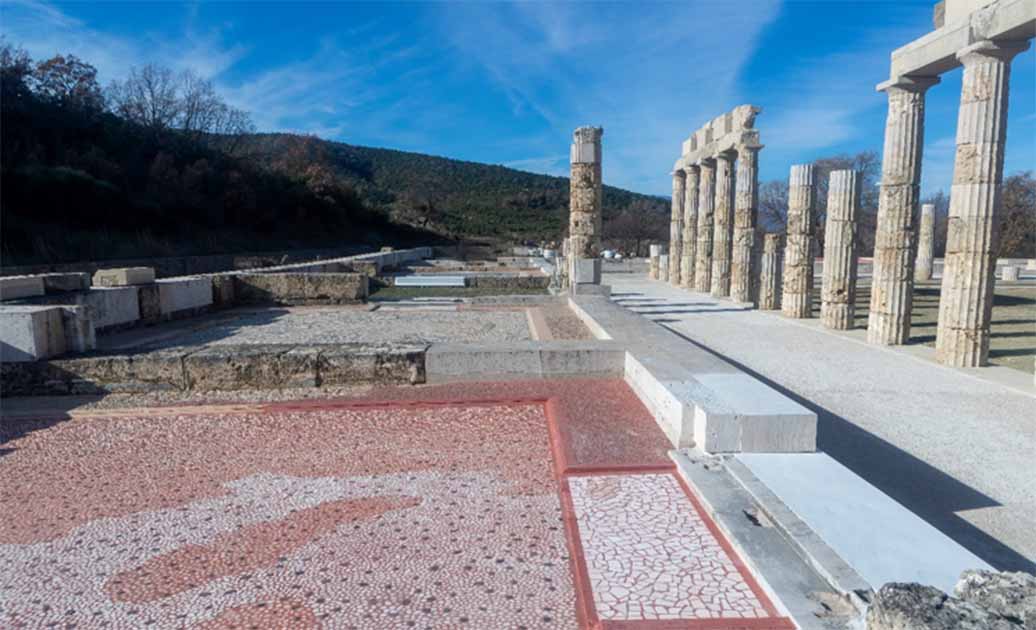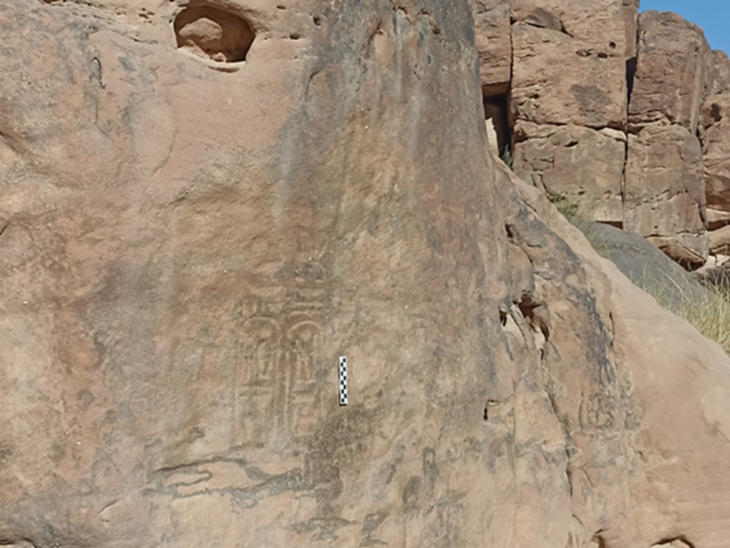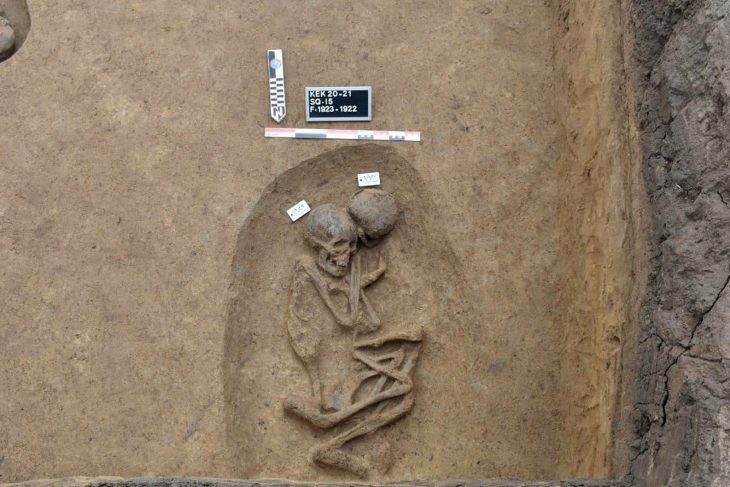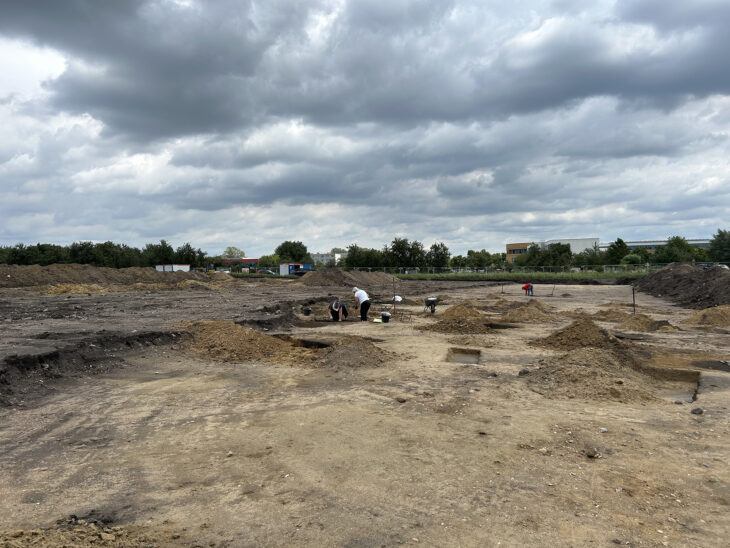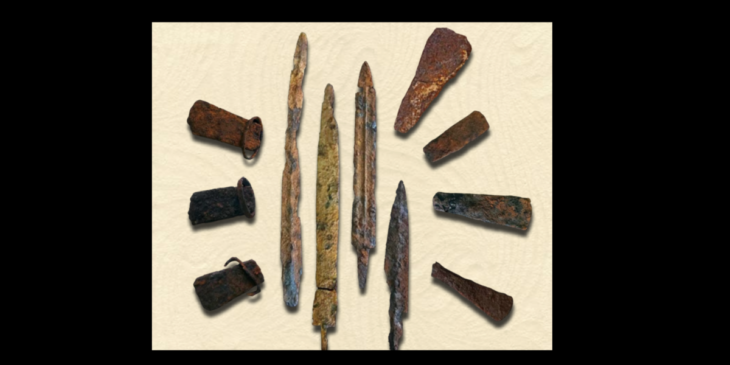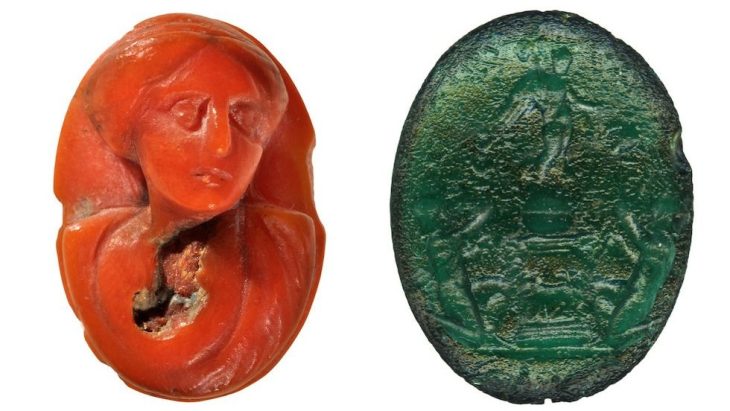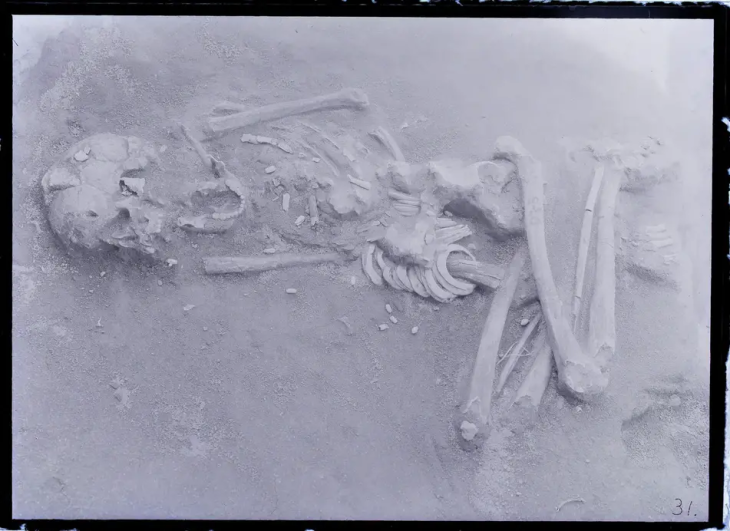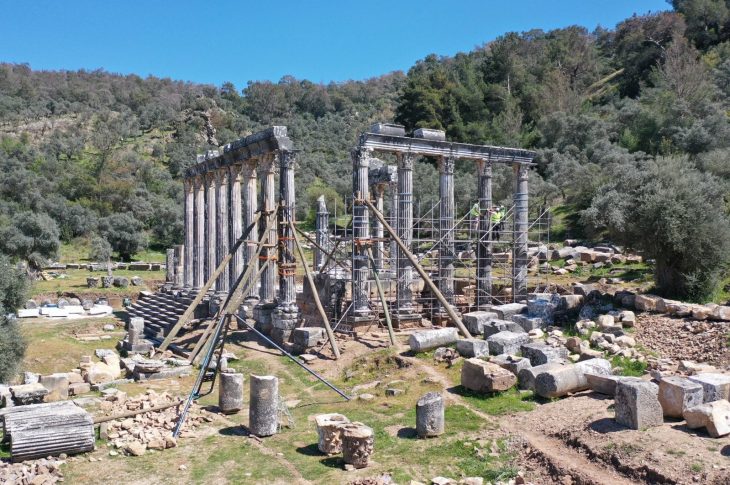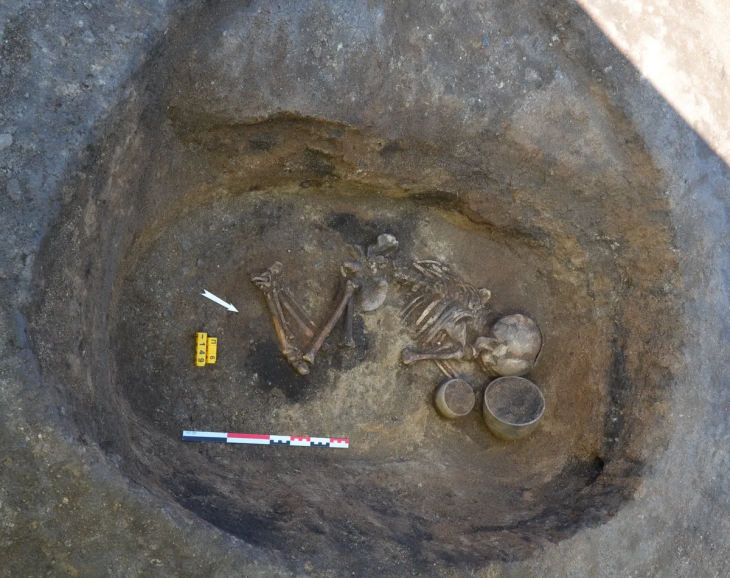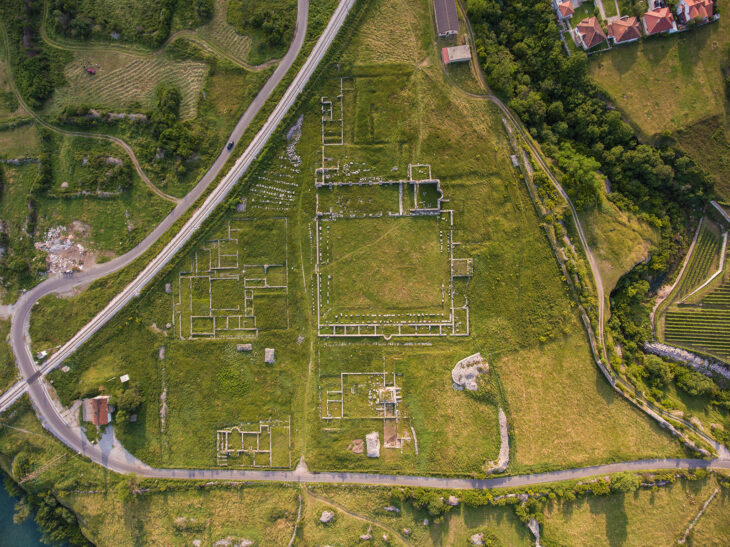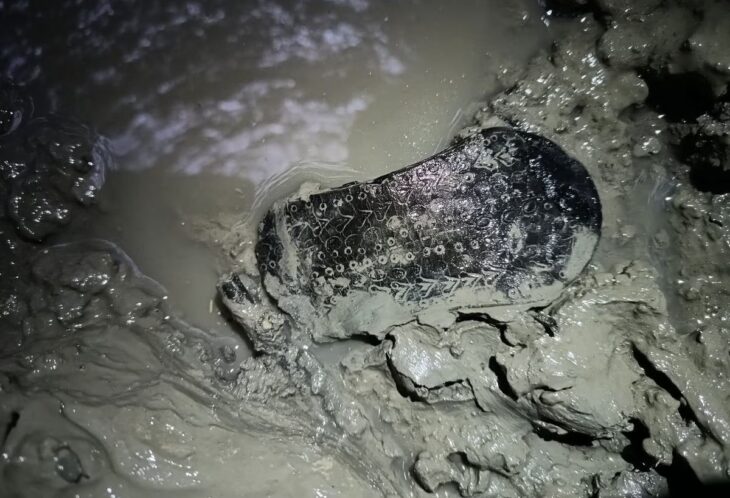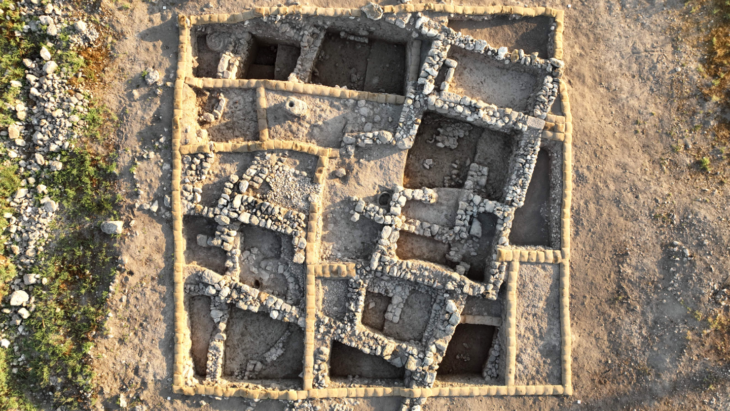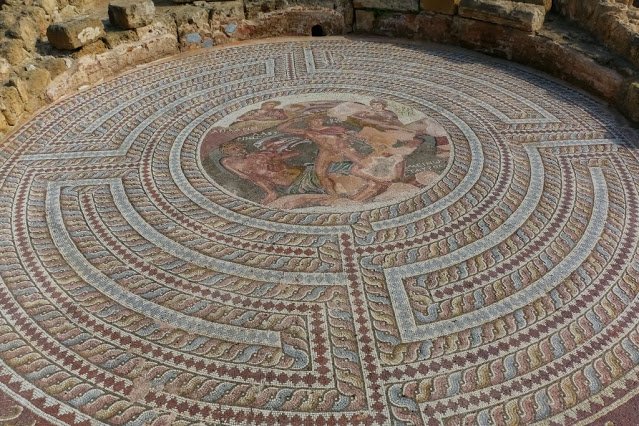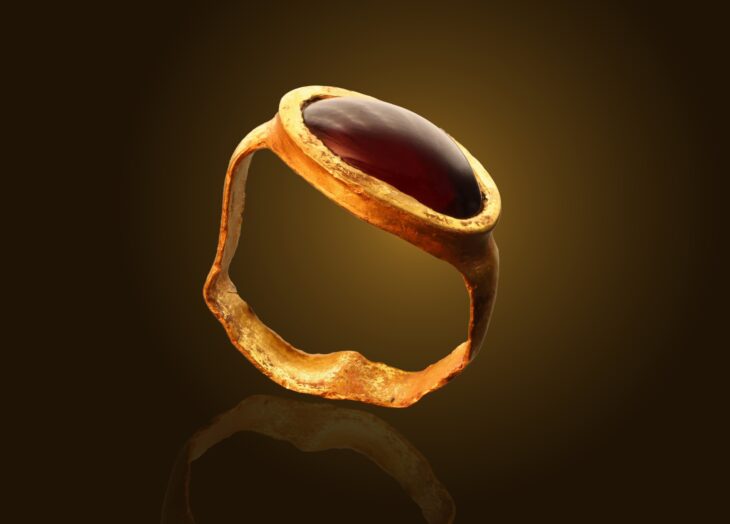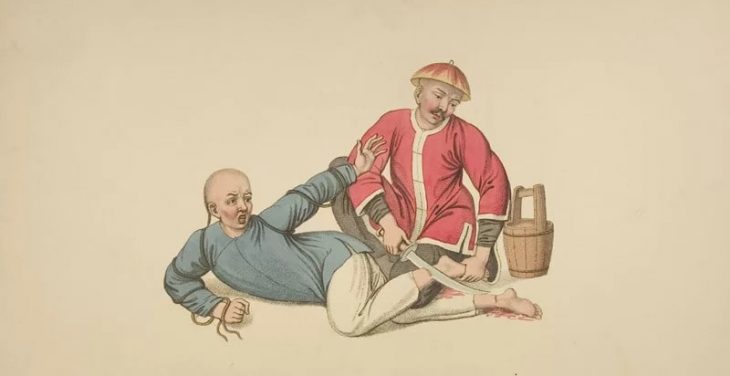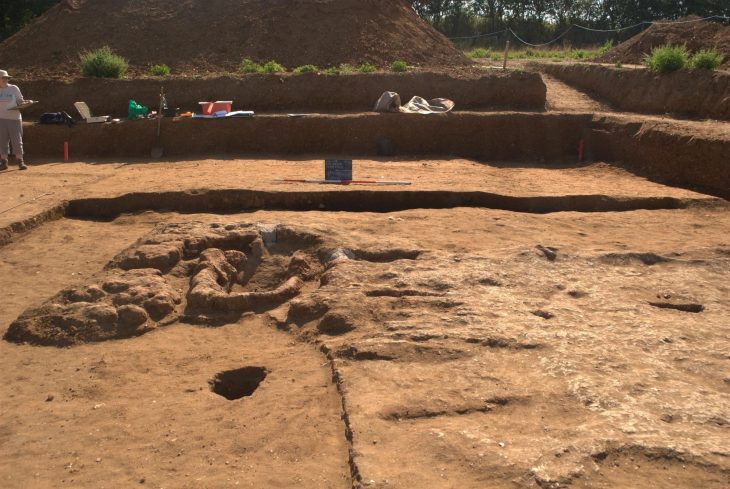Archaeologists say to have unearthed Alexander the Great’s bathroom at the Aigai Palace in northern Greece. The vast Aigai palace, which covers 15,000 square meters and is larger than the Parthenon, is located in the ceremonial center of the ancient Macedonian kingdom.
The excavations also discovered the palaestra, or combat-sport gymnasium, where Alexander trained, located adjacent to his bathing facilities.
The discovery will be showcased in the concluding episode of the Channel 4 series “Bettany Hughes’ Treasures of the World,” scheduled to air on May 11.
The site is located close to the village of Vergina in the municipality of Veria in Central Macedonia. The young man who would grow up to be known as Alexander the Great spent his formative years in this magnificent building, and it was here that he took the throne of a kingdom that he would go on to expand to many times its original size.
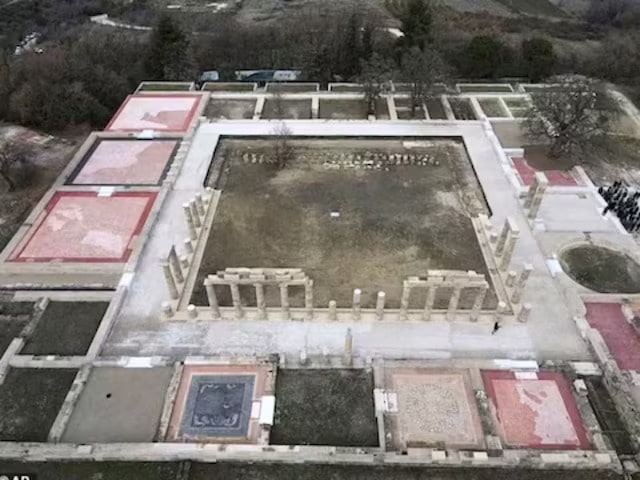
Hughes describes the discovery, “There’s a significant drain carved into the rock, along with a communal bathroom. This area is believed to be where Alexander the Great would have bathed alongside his companions, including his renowned favourite, Hephaestion, and the multitude of young men who accompanied him during campaigns and later vied for control of his empire following his demise.” Because he was Alexander’s favourite, Hephaestion was called his second-in-command. He used to go on trips with him. Both of them were trained in combat and wrestling as well as hunting. According to the archaeologists, his bedroom has not been identified yet.
📣 Our WhatsApp channel is now LIVE! Stay up-to-date with the latest news and updates, just click here to follow us on WhatsApp and never miss a thing!!
“There were all these rites of passage they went through,” Bettany Hughes explained. “They were incredibly active in the gym, fighting and wrestling. They were trained to hunt. Imagine those communal baths….”
After years of restoration work, Greece reopened the Palace of Aigai, the site of Alexander the Great’s coronation, in January. Originally known as Vergina, the Palace of Aigai is not only the largest but also one of the most significant structures of classical Greece, alongside the Parthenon.

Built on a raised outcrop in Vergina, northern Greece, during Philip II’s reign (359–336 BC), the palace was a remarkable landmark and a symbol of beauty and power three times larger than the Parthenon, visible from the entire Macedonian basin.
The Palace of Aigai was designed for Philip II by an ingenious architect, most likely Pytheos, known for his contribution to the construction of the Mausoleum at Halicarnassus, the development of urban planning and the theory of proportion.
Archaeological findings indicate continuous habitation of the site since the Early Bronze Age (3rd millennium BC), with its significance growing during the Early Iron Age (11th to 8th centuries BC) when it became a prosperous and densely populated hub.

